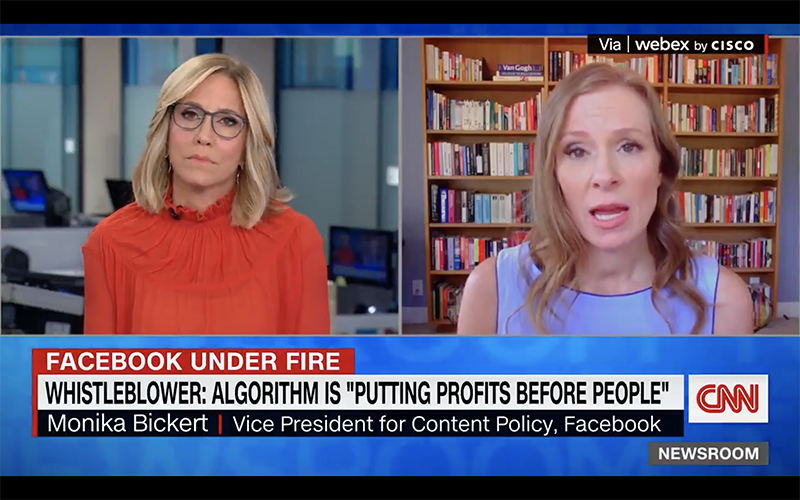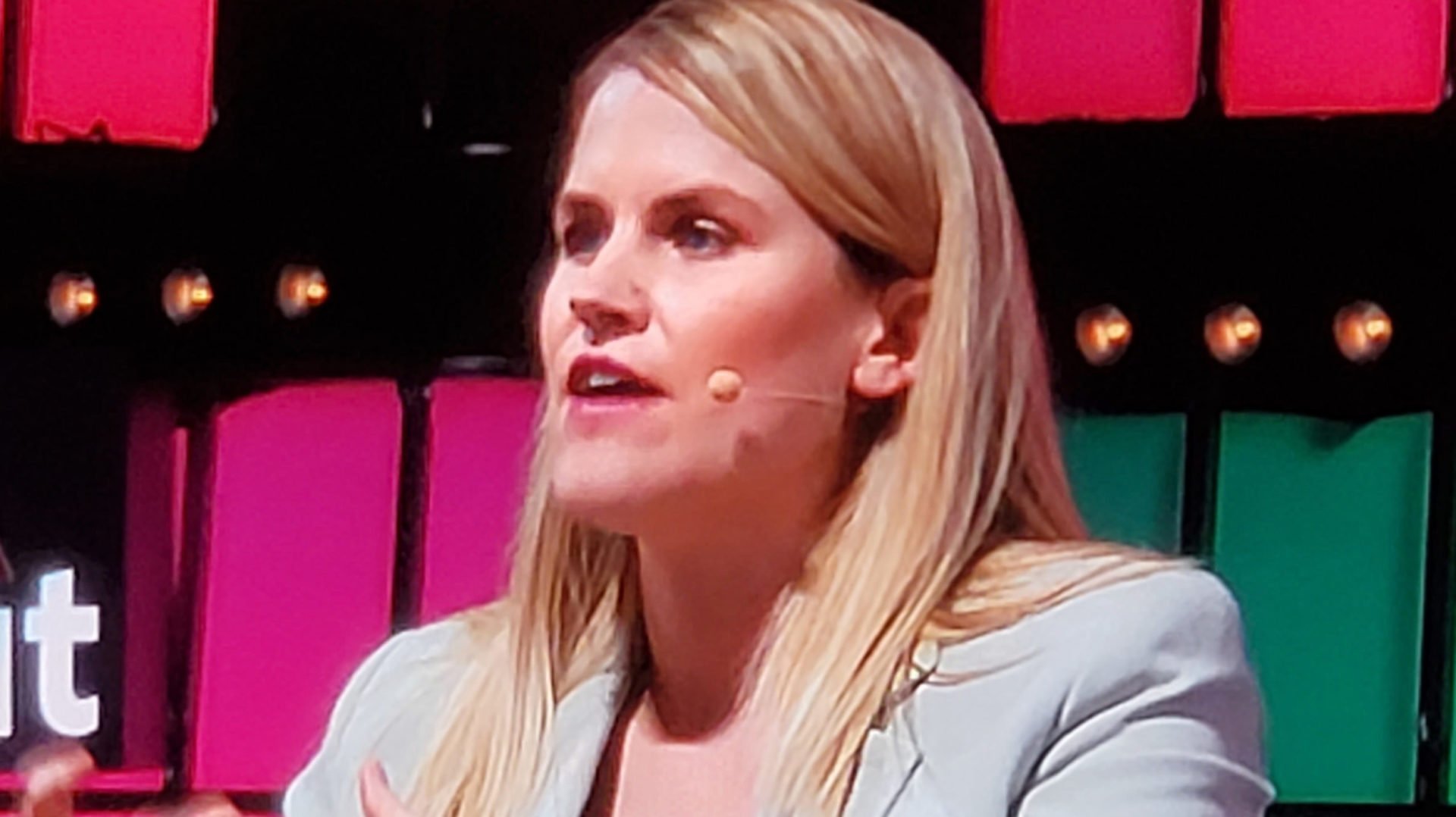Torbin Green found himself in an unaccustomed spot one day last fall. Wearing a gray baseball cap with the words “Stay Human” on the front, the self-described jack-of-all-trades at St. Francis Neighborhood Center, a small community center in West Baltimore, was in Hôtel de Ville, the city hall in Paris, France. The occasion was a discussion about the future of cities with a group of open-source software mavens.
Several tech bigwigs were in the room, and, at first, Green says, he felt “like a fish out of water.” But when the team from St. Francis told their open-source story, it seemed like everybody in the room and on Zoom snapped to attention. “They got to see how this could look at the local level and how it could affect regular people,” he says.


St. Francis is now rolling out a new calendaring and scheduling service on its website, designed to help neighborhood people register for services or reserve space for events. It’s the first step in what Green, his wife, Christi Green, the center’s director, and others involved hope will be a full portfolio of neighborhood services built with open-source software.
In itself, a new interactive feature on a non-profit website is hardly big news. But this one represents a couple of trends that, over time, could have a major impact on cities all over the world and on the people who live in them.
The open-source software movement, which has transformed how software is created and used in the business world, has finally begun to catch on in cities. In addition, the St. Francis story shows how unusual partnerships can help catalyze open-source adoption and multi-stakeholder collaboration in cities.

Tiny St. Francis has now formed an alliance with nearby Johns Hopkins University and the IT department of the city of Paris to push its open-source agenda. Those involved hope it becomes a model for other such collaborations. “It’s wonderful to see this come together,” says Sayeed Choudhury, associate dean for Research Data Management and director of the Open Source Programs Office (OSPO) at Johns Hopkins. “There’s a lot of interest in communities becoming more sustainable and resilient, healthier, and more economically vibrant. I’m looking at the potential for open source software and new approaches to collaboration to help out.”
This story has its roots back in the early 2000s, when Paris’ IT department began building some of the city’s websites using open-source software. The platform they created is called Lutece, the name of the ancient Roman city that sat where modern-day Paris is now. Lutece now runs more than 300 web services, spanning everything from permits and housing to the city’s participatory budget portal—where residents weigh in on spending an annual $150 million budget.
Paris is now establishing the first city OSPO in Europe. The office coordinates all of the city’s open-source projects and assets—which saves money and minimizes duplication of efforts. “It helps us be aware and manage the software,” says Philippe Bareille, Paris’ OSPO manager. “Let’s start doing open-source in a more organized and framed way.”
Earlier on, the Lutece project was primarily inwardly focused, but in 2019 Paris’ IT leaders launched a campaign to share the software and their learnings with other cities—including via an English-language website. If more cities participated, they reasoned, it would expand the pool of programmers contributing back to the core project, and help internationalize the software. “The next step is to develop and promote open source as a verb—to share more with France, the rest of Europe, the United States, and the world,” says Néjia Lanouar, the city’s chief information officer.
Lyon, France’s third-largest city, has adopted the Lutece platform, and other European and African cities are exploring it. In addition, the European Commission recently launched an initiative aimed at fostering the use of open-source software.
The matchmaker who brought Paris and St. Francis together was Jacob Green (no relation to Torbin and Christi). He’s a software entrepreneur who lives in West Baltimore, near the university and the neighborhood center. A fan of open-source software in business, Jacob Green hoped it could become more of a factor in cities and the non-profit sector. OSPOs have been used for years by businesses to manage open-source software, and Green in 2019 created an initiative called OSPO++ aimed at helping cities and universities manage such projects. “I was looking for a way to bring open source to cities at scale,” he says. “I hope we can get 10,000 cities using open source.”
He quickly forged a bond with the Lutece people and then reached out to Choudhury at Johns Hopkins, who established the first OSPO at an American university and became one of the leaders of OSPO++.
The group first attempted to get the City of Baltimore interested in the Lutece platform but got no traction. So instead they decided to pilot the work at St. Francis—hoping that eventually other communities and eventually the city government, would jump on board.
St. Francis was founded in 1963, when the neighborhood was wracked by poverty, crime, drug use, and violence. The founders created an after-school program for kids and later expanded into other services, including food distribution and digital inclusion. Over time, though the neighborhood has gentrified a bit, many of the core economic problems remain.
Christi Green joined as executive director in 2012, leading a revitalization of the center that culminated last fall with a major extension to the building. When Jacob Green approached her with the Lutece idea, she and the center’s board embraced it immediately. “We got excited. We said, ‘Let’s do this!” Christi Green recalls.

The staff didn’t have the computer skills to pull it off, though. Christi Green worked closely with both Johns Hopkins and Paris open source experts to define goals and adapt the Lutece codebase for the center’s needs. Several Hopkins students helped out, in addition to a handful of university IT people. A small technical group now meets once a week. Choudhury notes that using open-source software greatly simplifies collaborations between the university and outside organizations, because they can use open-source licenses, rather than complex contracts, to govern their relationships.
They’re already eyeing next steps. One thought is to work with other non-profit social service organizations throughout Baltimore to develop a system for sharing real-time information about available beds for homeless people. “We can be a wayfinder for people,” says Kevin Apperson, St. Francis’ board chairman.
The collaboration has expanded St. Francis’ interactions with Johns Hopkins as well. The sprawling university has long been regarded by West Baltimore residents as an alien presence. Through a new initiative called Black Beyond Data, St. Francis is now helping university faculty enrich their research data by gathering insights from neighborhood people. During COVID, for instance, that program helped produce a deeper understanding of vaccine hesitancy among people of color, which led to a successful vaccination program at the St. Francis building.
The St. Francis collaboration may be small in scope, but its story has become a global inspiration as the OSPO++ and Lutece people explain it at open-source and smart-city events. “This shows we have the opportunity to create better solutions for cities and people,” says Clare Dillon, one of the leaders of OSPO++ and a champion of open-source adoption in Ireland. “The more people that know about this, the more things can happen.”
There’s a rising tide of enthusiasm for government open-source adoption in Europe. The European Commission and the French government have set up OSPOs, and Germany is in the process of building an OSPO agency. “A lot of this is driven by the desire to increase their ability to control their digital infrastructure,” says Astor Nummelin Carlberg, executive director of OpenForum Europe. “Countries and cities are concerned that they’re locked in by a few software vendors. They want to have more choice and to control their own destinies.”
In spite of all the enthusiasm in Europe, there are significant hurdles to open-source adoption by cities and civic organizations worldwide. While the approach potentially helps save money and expand digital offerings, cities and non-profits typically don’t have the expertise to manage their own technology—and, frequently, their procurement processes get in the way. It’s simpler (though, typically, far more expensive) to rely on outside tech vendors and consultants to manage commercial software for them.
That helps explain the sluggish rate of adoption in the United States. “The way cities operate here has made it almost impossible to adopt open-source software,” says Wilfred Pinfold, a former Intel executive who leads a handful of open-source initiatives from his home in Portland, Ore.
In attempts to overcome those hurdles, Pinfold helped establish Open Commons, a repository for open-source code for cities; and he is working with the U.S. National Institute of Standards and Technology to create compatibility standards. He believes that only through global collaborations between cities will open-source software finally become a force to be reckoned with in the U.S. “It would be great if they all worked with a similar open-source codebase like companies do with Linux (the most popular open-source operating system for computers),” he says. “If they do, there’s an opportunity to create an open-source operating system for cities.”
Steve Hamm is a freelance writer and documentary filmmaker in New Haven, CT. Columbia University Press recently published his book, The Pivot: Addressing Global Problems Through Local Action, which follows the journey of Pivot Projects, a global volunteer collaboration aimed at helping make communities more sustainable and resilient.















